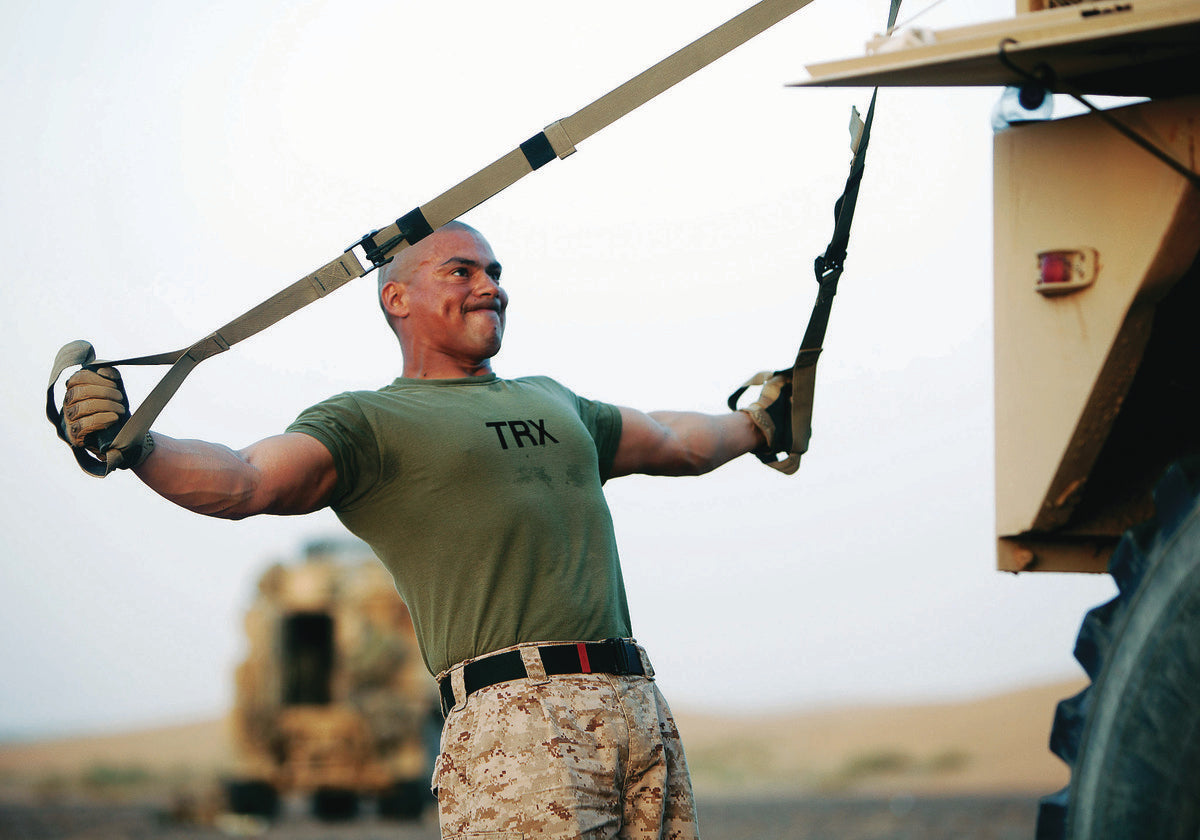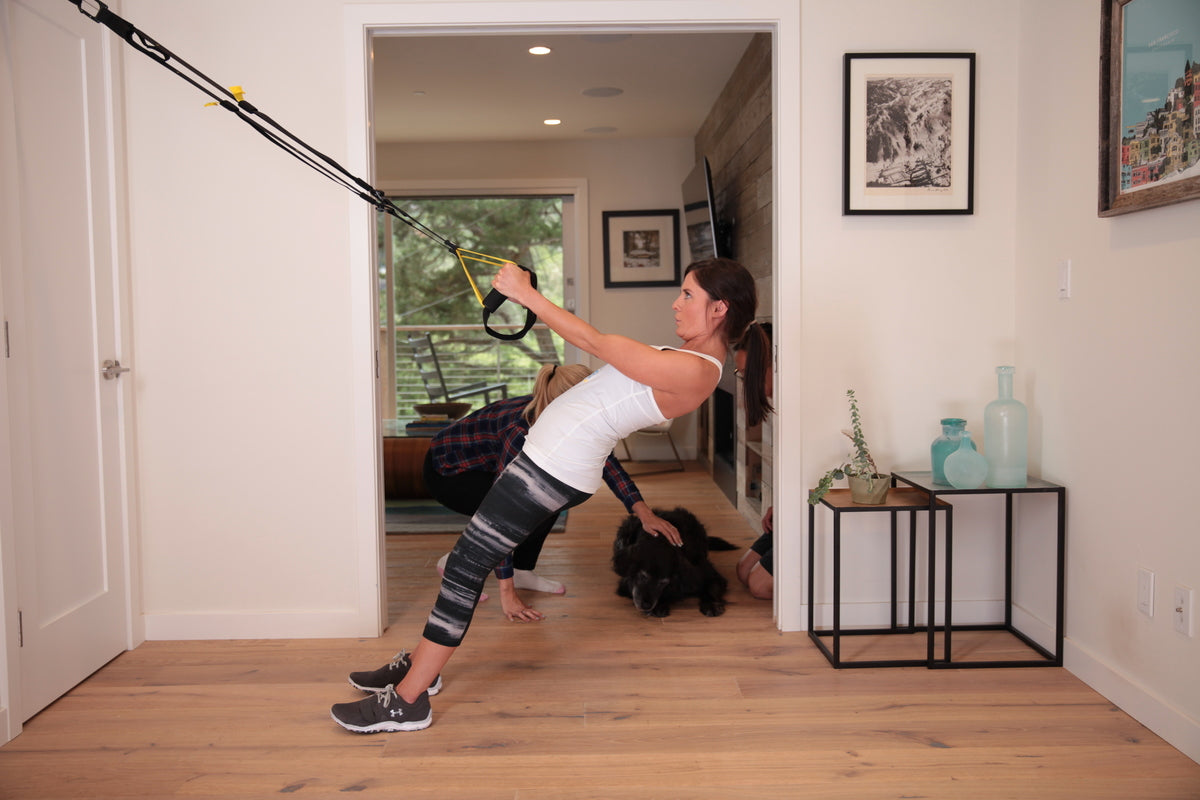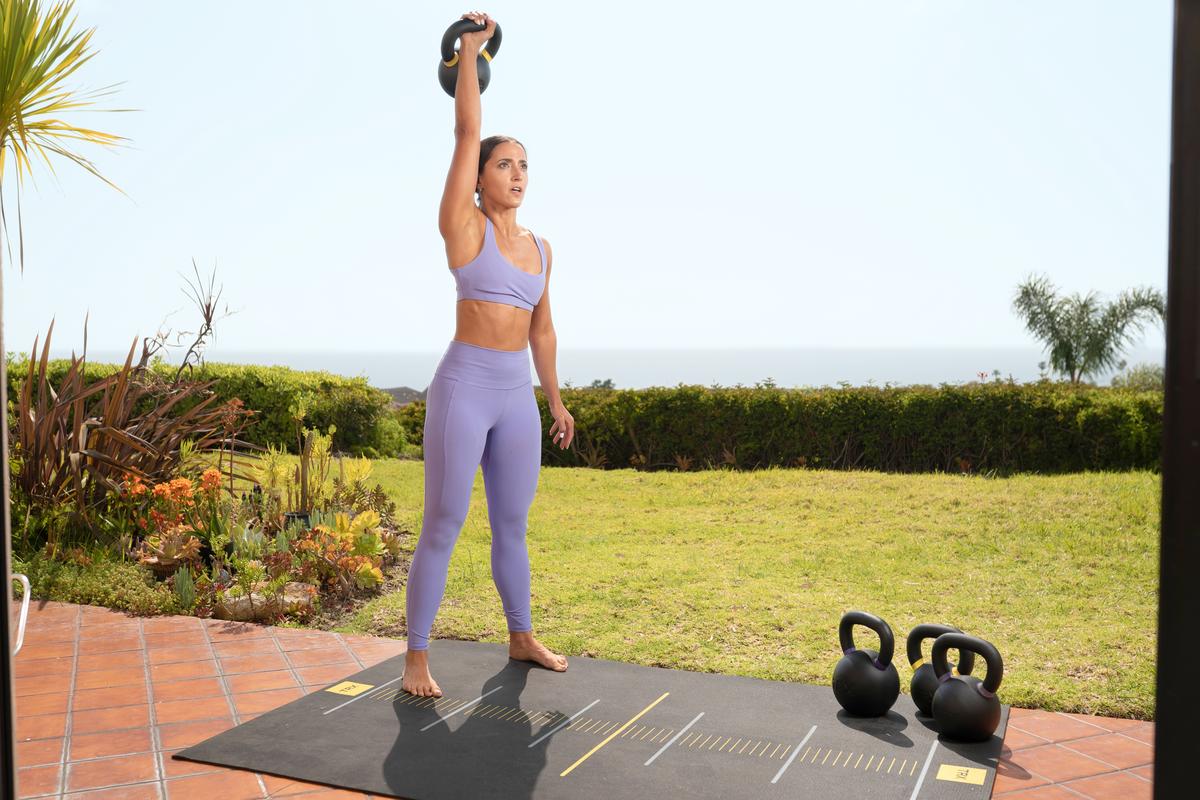As a fitness professional, you’ve undoubtedly heard of mobility training and flexibility. While they are related, they’re not exactly the same, and it’s important to distinguish between the two when developing training regimens for clients.
According to the American Council on Exercise (ACE), mobility is “the degree to which a joint can move before being restricted by surrounding tissues (ligaments/tendons/fascia/muscles) — or the range of uninhibited movement around a joint.” Therefore, mobility training is working to move joints freely through their full, unrestricted range of motion.
Flexibility is a component of fitness, along with cardiovascular endurance and muscular strength and endurance. Also defined as the ability to move joints through their range of motion, flexibility primarily focuses on the role of muscles and how they stretch. Flexibility training consists of static and dynamic stretches for muscles.
For instance, taking the shoulder, which is a ball and socket joint, through flexion and extension in the sagittal plane, abduction and adduction in the frontal plane, and rotation in the transverse plane constitutes mobility training. In contrast, flexibility training for the shoulder involves stretching the deltoid, such as clasping the hands behind the back and lifting the arms to lengthen the anterior portion of the muscle.
Note that flexibility impacts mobility. Without good flexibility in the muscles, the mobility of joints will be limited because tight muscles restrict motion. On the other hand, good flexibility doesn’t automatically guarantee mobility because the muscle is only one factor in how joints move. Mobility is also affected by the joint structure and how the ligaments and tendons connect to the bones at the joint.
The bottom line is that both mobility training and flexibility work are important to all clients — whether they are elderly or elite athletes — because each is essential to the quality of movement, affects exercise performance, and influences the risk of injuries.
Implementing Mobility Training
Although trainers, coaches, and movement specialists are typically knowledgeable about stretches that can improve range of motion and alleviate tension in major muscle groups, they may be less used to incorporating mobility training into a workout routine. Ideally, mobility training should be integrated into most workouts or performed at least three times a week.
To begin implementing mobility training for your clients, consider the following options when creating their training routine:
- Bodyweight Squats and Bodyweight Lunges — Focused on precise form and progressively increasing range of motion or adding external load
- Hip Hinges — Start with bodyweight only and gradually add load to progress the movement
- Torso Rotation — Using a cable/pulley machine, anchored resistance band, or a YBell, emphasize core stability and gentle spinal twisting
- Inchworms — Engage the hips, hamstrings, calves, and core
- Hip Circles — Standing and moving pelvis through an anterior tilt, to lateral tilt, to posterior tilt, to lateral tilt; repeat in the opposite direction
- Runner’s Lunge With Rotation — With the right foot forward in runner’s lunge stance, keep the right hand down and raise the left arm up, twisting the torso open to the left; repeat on the other side
- Shoulder Opener — Grasping a broomstick or a resistance band with hands wider than shoulder-width, sweep straight arms up and behind the head, then down to the thighs
- YBell Cross Halo — Holding a YBell with both hands in a double grip, circle it up and around the back of the head and back to chest height; repeat in the opposite direction
- Foam Rolling — Regularly practicing this myofascial release technique can promote mobility throughout the body
- Yoga — Emphasizes both flexibility and mobility
Incorporating YBells Into Your Mobility Training
The YBell is a versatile accessory that offers the functionality of a dumbbell, kettlebell, medicine ball, and push-up stand, providing added challenge to mobility exercises. It brings diversity to both individual and group routines. Alongside the exercises mentioned earlier, the YBell can be utilized for numerous other movements, limited only by your creativity. Examples include kettlebell swings, pick up cross catch press, and squat jump punches.
By incorporating mobility training and flexibility work, your clients will enhance their execution of exercises, boost athletic performance, and improve their ability to efficiently carry out everyday activities.



